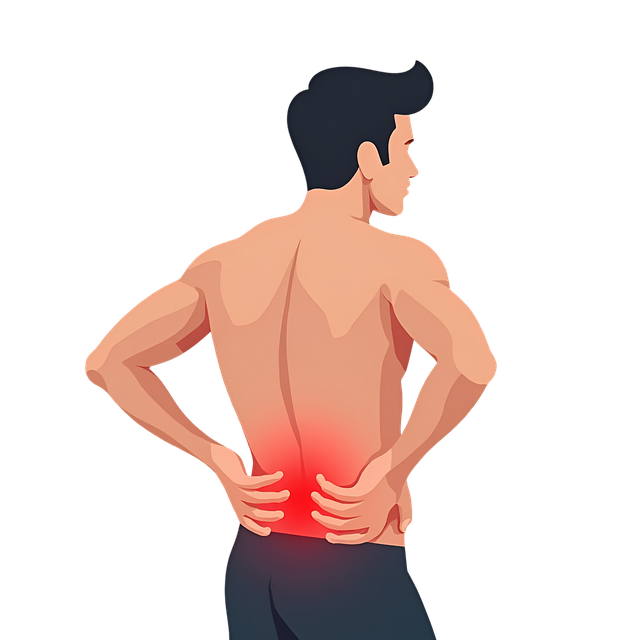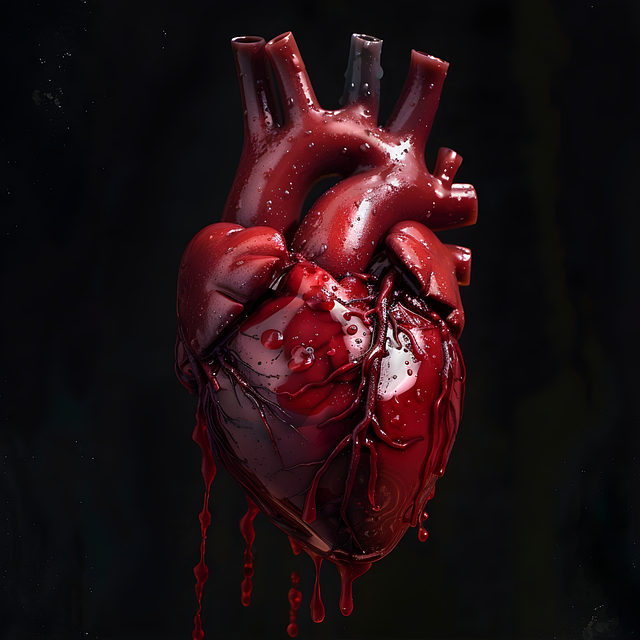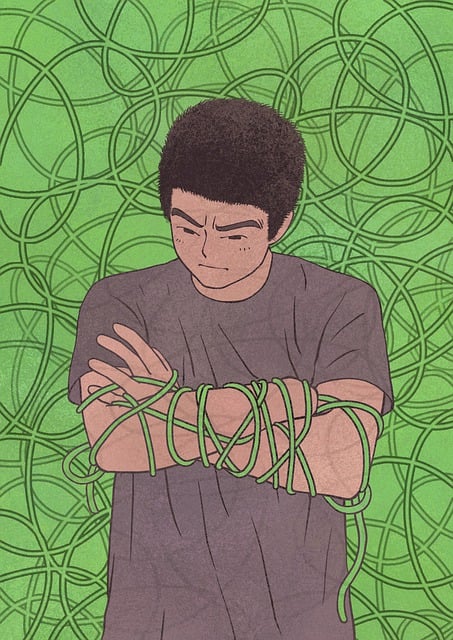Chronic pain, a widespread issue, demands alternative solutions beyond opioids. Acupuncture, an ancient TCM practice, emerges as a popular drug-free method for managing various conditions like sciatica, migraines, and joint pain. By stimulating specific body points with fine needles, acupuncture releases endorphins, reduces inflammation, and regulates nerve impulses. Scientific research supports its effectiveness, making it a sought-after holistic treatment option. For optimal results, patients should seek qualified acupuncturists who focus on chronic pain management, ensuring a safe and comprehensive approach to relief.
Tired of relying on medications for chronic pain relief? Explore the ancient practice of acupuncture as a natural alternative. This comprehensive guide delves into how acupuncture can target back pain, neck stiffness, and other persistent aches without drugs. Discover the science behind this ancient therapy and its proven benefits. Learn about different treatment options and tips for finding a qualified acupuncturist to embark on your journey towards drug-free wellness.
- Understanding Chronic Pain and Its Impact
- Acupuncture: An Ancient Practice for Modern Times
- How Acupuncture Works to Alleviate Pain
- Benefits of Acupuncture for Back and Neck Pain
- Other Common Conditions Treated with Acupuncture
- Finding a Qualified Acupuncturist: Tips for Safe Treatment
Understanding Chronic Pain and Its Impact

Chronic pain is a complex and pervasive condition that affects millions worldwide, often leading to significant physical and emotional distress. It’s defined as pain that persists for more than 12 weeks, beyond the normal healing time for an injury or illness. This persistent nature can make chronic pain challenging to manage, impacting daily life and overall well-being. Individuals experiencing chronic pain may struggle with mobility, sleep disturbances, and even mental health issues like depression and anxiety.
Common conditions associated with chronic pain include back pain, neck pain, headaches (such as migraines), and sciatica. Traditional western medicine often relies on opioids for pain management, but these medications come with risks of addiction and side effects. As a result, many patients are seeking alternative solutions, and acupuncture has emerged as a popular non-opioid pain relief method. Acupuncture involves inserting thin needles into specific points on the body, which can help regulate the nervous system and release natural painkillers, offering relief for various chronic pain conditions, including sciatica and migraine acupuncture.
Acupuncture: An Ancient Practice for Modern Times

Acupuncture, an ancient practice with roots tracing back thousands of years, has evolved to become a modern alternative therapy for many, especially those seeking drug-free solutions for chronic pain relief. This traditional Chinese medicine (TCM) technique involves inserting fine needles into specific points on the body, known as acupuncture points, to promote natural healing and restore balance. Today, it’s widely recognized not only for its effectiveness in alleviating various types of pain but also as a safe and non-invasive joint pain therapy.
Whether it’s back pain, neck pain, migraine headaches, or sciatica, acupuncture has gained popularity as a holistic approach to managing these conditions. Many patients find relief without the side effects often associated with conventional medications. This ancient practice is now backed by scientific research, which continues to uncover the benefits of acupuncture for various health issues. As modern medicine and TCM intertwine, individuals are embracing this natural method for pain management, proving that some remedies truly transcend time.
How Acupuncture Works to Alleviate Pain

Acupuncture works by stimulating specific points on the body to promote natural healing and pain relief. Thin, sterile needles are inserted into these targeted areas, which can help release endorphins—the body’s own natural painkillers—and reduce inflammation. This ancient practice also regulates nerve impulses that carry pain signals to the brain, providing effective relief for a range of conditions, including chronic pain, sciatica acupuncture, and migraine acupuncture. By focusing on the body’s energy pathways, acupuncture can offer a safe and non-opioid pain relief alternative for those seeking to manage back pain, neck pain, and other persistent aches without medication.
Benefits of Acupuncture for Back and Neck Pain

Acupuncture offers a drug-free approach to managing chronic pain, making it an attractive option for those seeking alternatives to conventional treatments. This ancient practice has gained significant recognition in modern times for its effectiveness in alleviating back and neck pain. By inserting fine needles into specific points on the body, acupuncture stimulates natural healing responses, reducing inflammation and relaxing muscles. This non-invasive therapy targets not just the symptoms but also the root causes of pain, providing long-lasting relief.
For individuals suffering from conditions like sciatica or migraine headaches, acupuncture can be a game-changer. It has been shown to reduce joint pain associated with arthritis and other musculoskeletal disorders, offering a gentle yet powerful form of therapy. Many patients report improved mobility and a significant decrease in the intensity of their pain after regular acupuncture sessions, making it a holistic approach worth considering for anyone dealing with persistent neck or back discomfort.
Other Common Conditions Treated with Acupuncture

Beyond back and neck pain, acupuncture has been shown to be effective in treating a wide range of conditions. Chronic joint pain is a common one, with many patients finding relief from acupuncture needles targeting specific points to reduce inflammation and ease stiffness. Migraine sufferers often turn to acupuncture as a non-opioid pain relief option, experiencing significant reductions in migraine frequency and intensity. Even conditions like anxiety and depression have been studied, showing promising results in conjunction with traditional therapy. Acupuncture’s ability to stimulate the body’s natural healing response makes it a valuable tool for those seeking drug-free solutions for various chronic pain symptoms.
Finding a Qualified Acupuncturist: Tips for Safe Treatment

Finding a qualified acupuncturist is paramount for safe and effective chronic pain acupuncture treatments. When searching for a practitioner, it’s crucial to verify their credentials and certifications from recognized organizations. Look for someone with extensive experience in treating conditions like back pain, neck pain, migraines, and joint pain therapy. Online reviews from previous patients can also offer valuable insights into the acupuncturist’s skills and bedside manner.
During your initial consultation, ensure the practitioner takes a thorough medical history and performs a physical examination to understand your specific needs. They should explain the treatment plan, including needle placement and any potential side effects. Remember, a reputable acupuncturist will prioritize your safety and well-being throughout the entire process, offering not just migraine acupuncture or inflammation treatment but comprehensive joint pain therapy.
